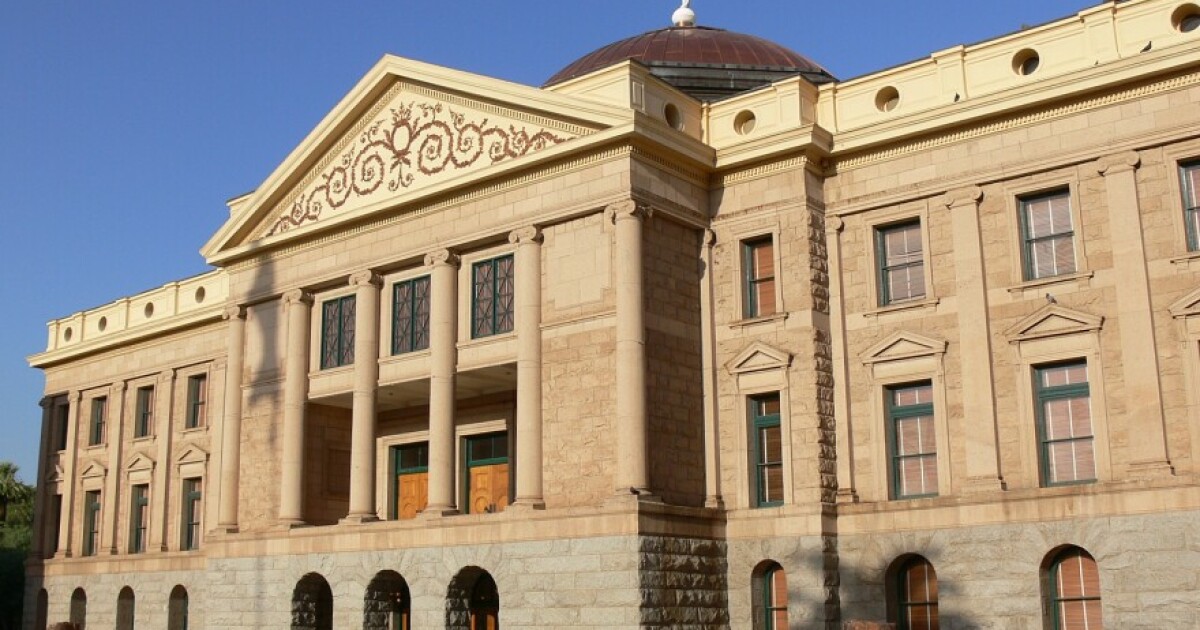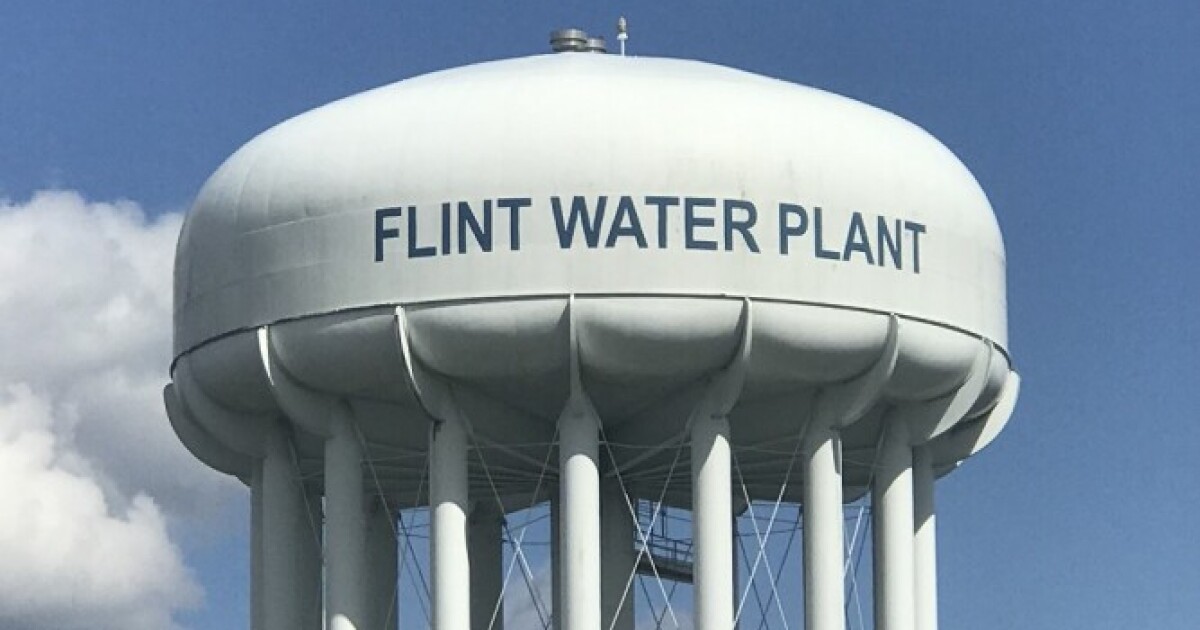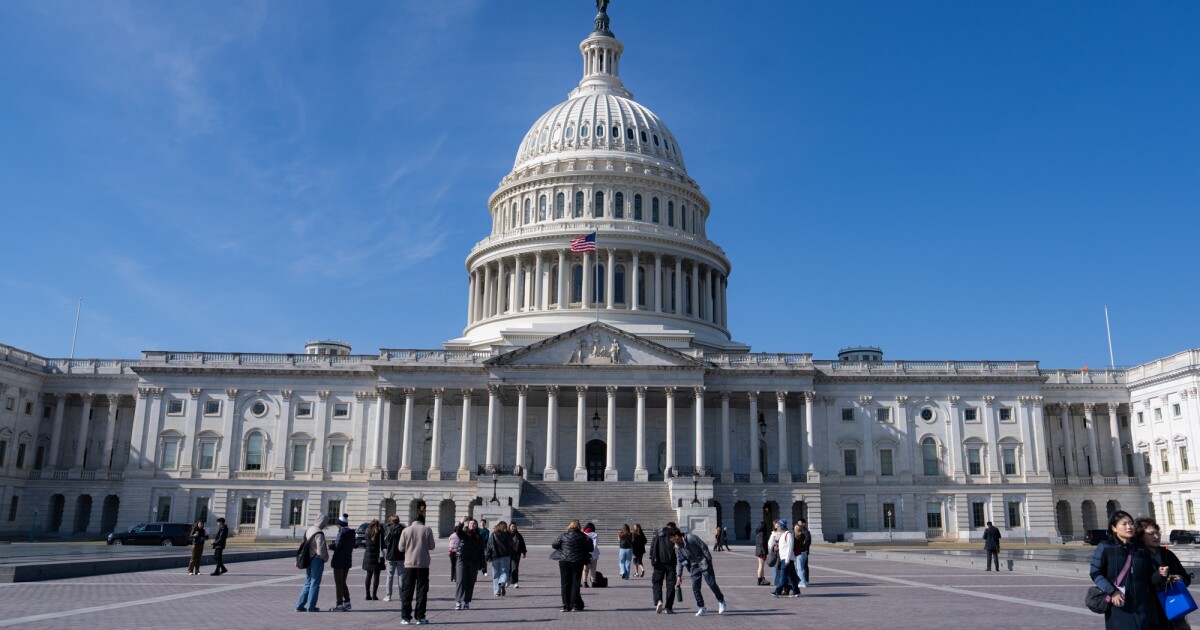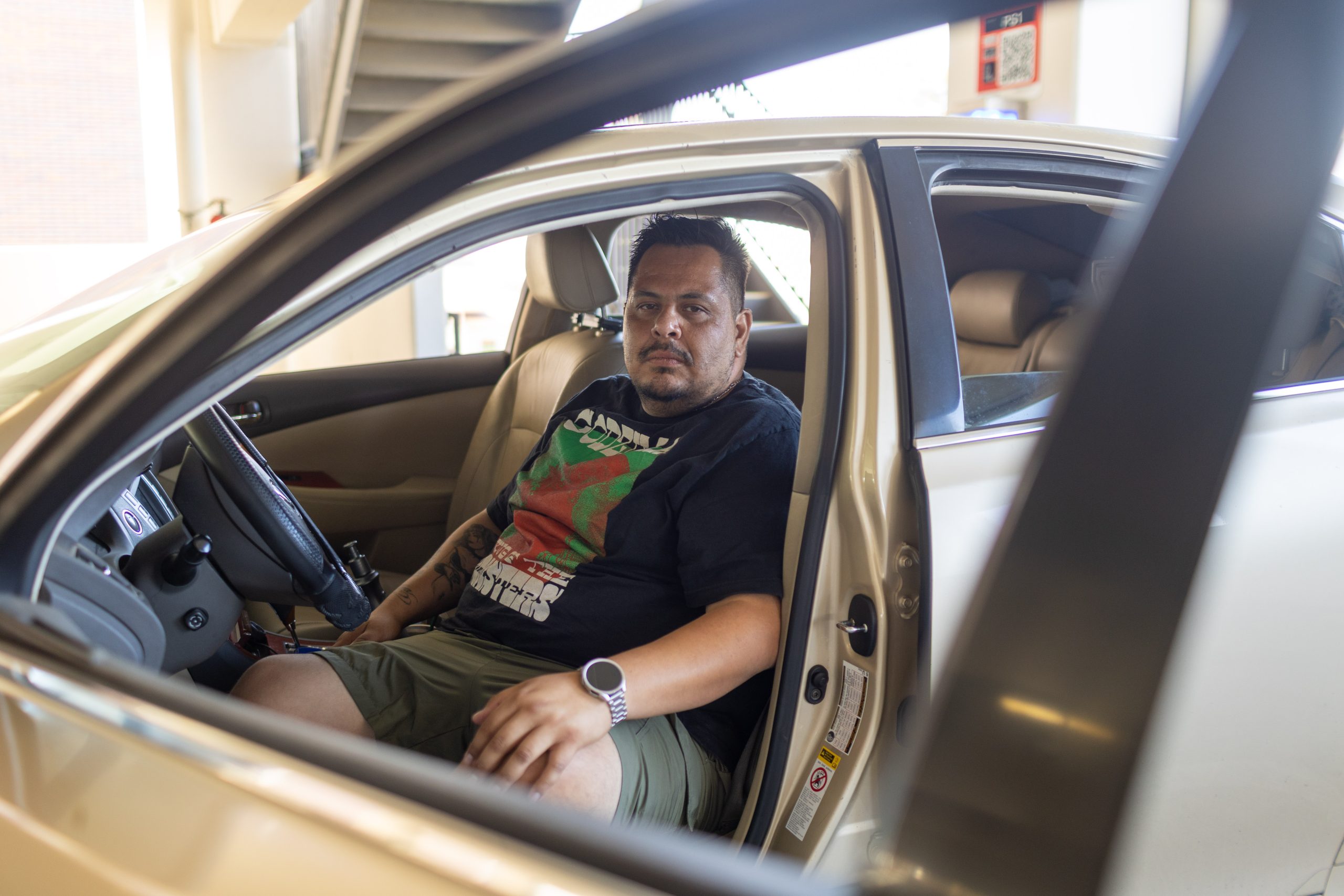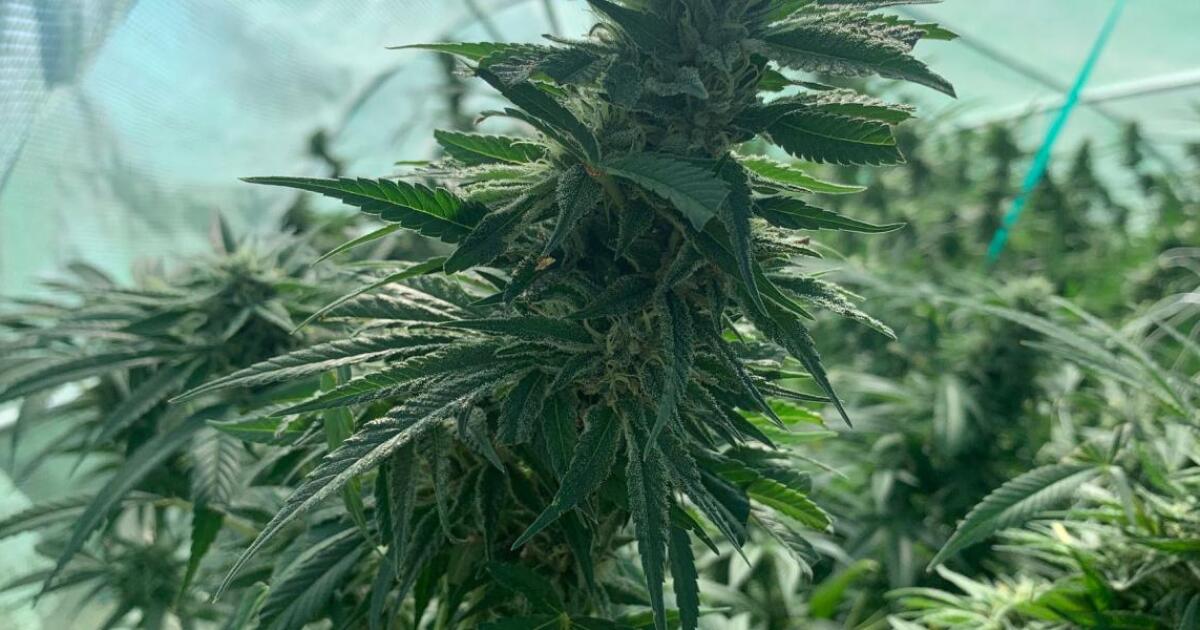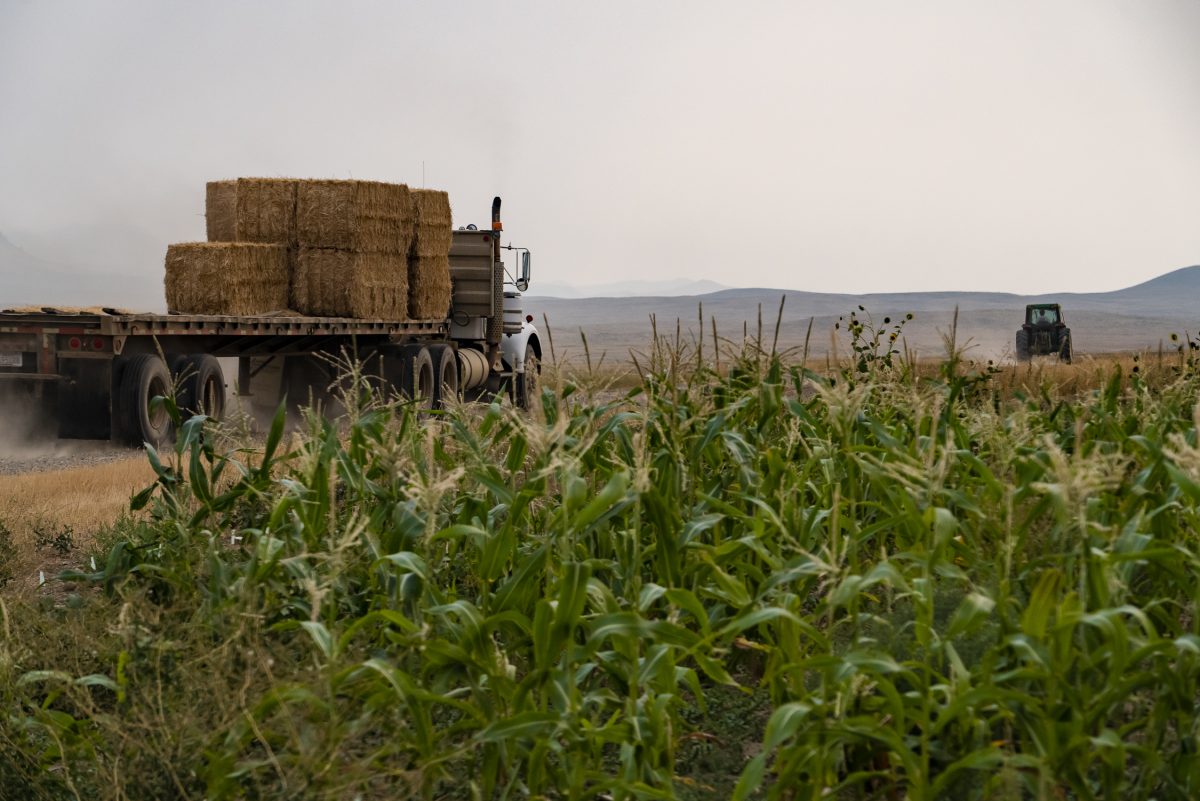
Get an insider’s look into what’s happening in and around the halls of power with expert reporting, analysis and insight from the editors and reporters of Montana Free Press. Sign up to get the free Capitolized newsletter delivered to your inbox every Thursday.
October 23, 2025
Amid the Democrats’ significant losses in the 2024 statewide races, a glimmer of hope emerged as former U.S. Sen. Jon Tester claimed victory in Montana’s western U.S. House District, despite a 43,000-vote deficit statewide. The district’s voters are being courted by Democratic candidates eager to unseat Republican Rep. Ryan Zinke in the 2026 election, emphasizing the need for retail politics and direct voter engagement, especially in Montana’s rural areas.
Russell Cleveland, running in the western district, described the challenge: “I’m in St. Regis. It’s very rural, a town of 400 people, very spread out.” Despite Democrats’ losses, Tester managed to win half the counties in this district, though his results were dismal in places like Sanders and Lincoln counties, where he received less than 28% of the vote.
Jeremy Johnson, political science expert at Carroll College, highlighted the importance of face time with voters to counter Democrats’ national unpopularity. “The nationalization of politics has been extreme, especially with Donald Trump’s rise,” Johnson observed, noting the shift away from local issues.
Economic challenges are reshaping voter sentiment. Rising costs of essential goods like healthcare and electricity are becoming local issues with national origins, potentially swaying voters. Johnson pointed out the financial struggles of many workers and how economic dissatisfaction might affect voter turnout.
Matt Rains, a Democratic rancher in the western district, stressed the need for dialogue about healthcare subsidy cuts linked to recent Medicaid reductions by Republicans. “Our rural clinics are at risk,” Rains warned, emphasizing the urgency of addressing healthcare affordability.
While Democrats highlight the threat of Medicaid cuts potentially closing rural hospitals, Republicans argue for their $50 billion rural hospital grant fund. The western district’s Republican tilt stems from past elections, where the district, not including Helena, favored GOP candidates like Rep. Ryan Zinke.
Montana’s congressional districts were drawn by a 3-2 vote of the state’s redistricting commission, with a Republican proposal supporting the current map. Democrats contended the district favored Republicans by 7%, aligning with Zinke’s 2024 victory margin.
New Legislative Districts Take Two
Redistricting remains a hot topic, with newly drawn state Senate districts appearing on ballots after the 2020 Census. Notably, Great Falls legislative districts are of interest due to the shifting political landscape, with Republicans gaining a majority over the past decade.
All three Senate districts in Great Falls are contested this cycle. Senate District 10, central to Great Falls, would have narrowly favored Republicans historically. Notably, one of SD 10’s House districts broke for a Democratic candidate in 2024, despite Trump’s influence.
Senate District 29, encompassing parts of Park and Gallatin counties, also presents competitive races. Previously, this area was a Republican stronghold, but recent elections indicate potential Democratic gains.
Democrats gained 12 legislative seats in 2024, attributed to new political maps, reshaping Montana’s legislative landscape.
PROGRAMMING NOTE: The online edition of the Oct. 9, 2025, Capitolized was updated to include the Legislative Audit Division finding that Scott Osterman’s reimbursed travel expenses didn’t violate state travel policy.
—
Read More Montana News



